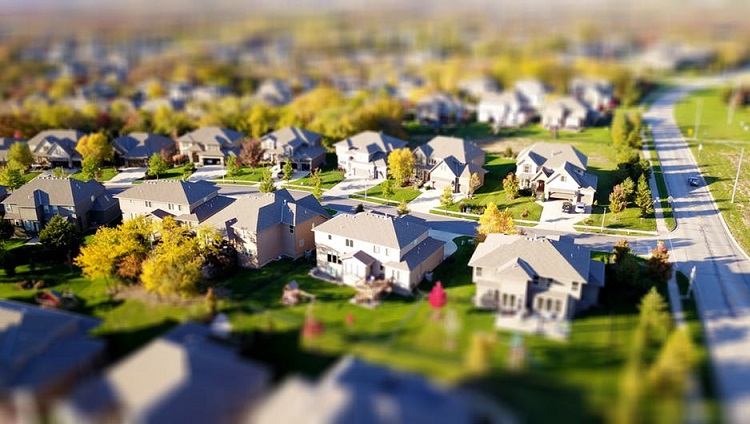The Rise of Suburban Poverty in America
In America, poverty is an issue typically associated with inner cities and rural landscapes; either overpopulation or the suffering of agricultural work cripples its populations. However, poverty seems to be traveling to a new area of the country now as this problem is increasingly found hidden in the suburbs of America. As poverty becomes more prominent in these areas, the U.S. is working on reevaluating needs to solve this issue.
A Growing Issue
A study on the growth of suburban poverty indicates that poverty is rising everywhere in the U.S., but it is rising faster in the suburbs. According to the study, there were 13.5 million people living under the poverty line in cities, while there were 16.5 million people living under the poverty line in the suburbs.
The study also breaks down the data by marking the growth of suburban poverty within individual cities over a period of twelve years. The percentages range from 26.4 percent in El Paso, TX, all the way up to 159 percent in Atlanta, GA.
According to the study, there are four main causes of suburban poverty growth:
- The economic recession of 2007
- Federal programs designed to relieve poverty in cities
- Gentrification pushing people into different areas
- Higher job availability in the suburbs, but no pay increase
As this issue worsens, it affects the lives of many Americans and deteriorates the quality of life in the country.

Americans in Poverty
Another cause for poverty in America — and around the world — is population growth. As population rates sky rocket, poverty rates are increasing and many are left homeless. In fact, according to Norwich University, if the threats of overpopulation aren’t solved, it could lead to 3 billion people living under the poverty line around the world.
Overpopulation leads to cities with too many people and not enough jobs. It causes housing crises where the price of renting or buying a house skyrocket, elevating housing prices of even older homes and cheaper apartments.
Additionally, there has been recent speculation forecasting a recession in the U.S. in the coming years. This makes it all the more crucial to increase efforts in reducing poverty, not just in the suburbs, but all over the country.
Combatting Suburban Poverty
While it’s clear that something needs to be done to combat suburban poverty, how to do it is less clear. However, there are a few steps that can be taken as a country that will definitely help.
For one, the U.S. can work toward ascertaining that the minimum wage matches the living wage. According to financial experts, the minimum wage is drastically lower than a living wage across the nation. While the federal minimum wage is $7.25, the basic living wage is more than double that at $16 per hour. Ensuring that any full-time employee could support themselves and their family would help solve part of the poverty issue.
Even with a standard living wage, however, there would still be poverty gaps. Debts, inability to work full time, and other limitations can weigh down on people’s ability to support themselves. While there are local programs to help with these issues across states, federal programs could help fill in the gap to help those living in suburban poverty who don’t currently qualify for assistance.
Beyond that, making sure to always push for better standards of living is essential. Citizens must use their voices along with their right to vote to ensure that everyone in the country can live the best life possible, regardless of physical or financial impediments. It is crucial to take steps to help those living in poverty, whether it’s located in rural farmland, hidden in the suburbs, or found in the inner city.
